Best Time to Visit Kedarkantha Trek: Month-wise Guide
- Date : 2025-07-15
- Author : Deepak Pandey
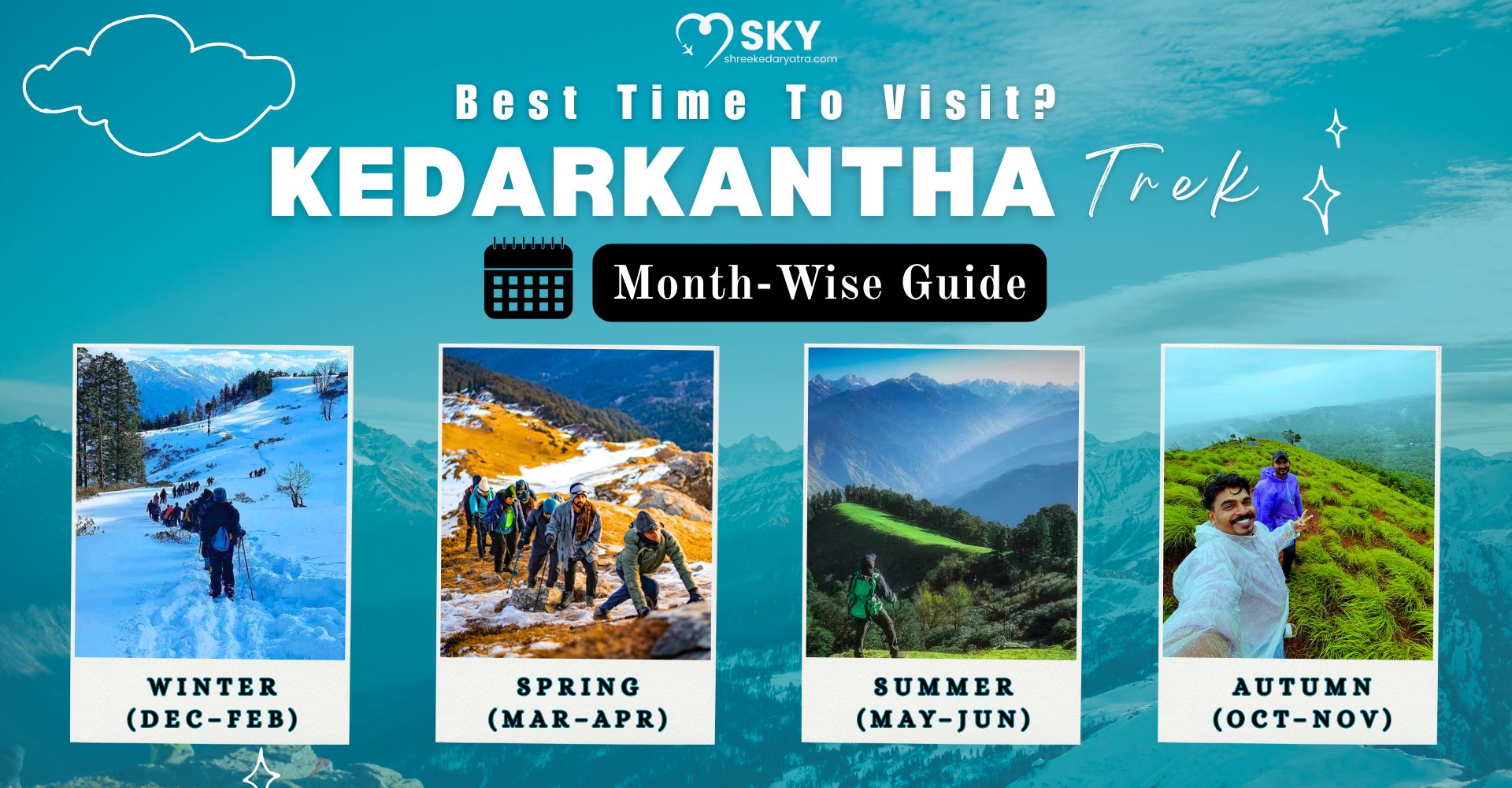
The Kedarkantha Trek is one of Indias most enchanting winter treks, nestled deep in the Garhwal Himalayas of Uttarakhand. It has snow trails, beautiful villages, and an overall 360 view from the top, hence the reason it is of the highest popularity to adventure lovers. But when is the best time to visit Kedarkantha Trek? This blog gives it month after month, and this will assist you in determining the perfect time of the year to take that trip. Even in case you are not an experienced trekker, it is worth knowing the differences between the seasons in order to have a safer and unforgettable experience. Other key information, such as the itinerary, booking, route, cost and others, will also be discussed but with an aim of making your Kedarkantha tour smooth. Don your trekking shoes then, as you will know by the time you are done reading this blog, just how and when you need to plan your trek to Kedarkantha in the Himalayas.
December: Ideal for the Kedarkantha Trek
December marks the beginning of the full snow season on the Kedarkantha Trek. The route is fully covered by snow, and it is among the most scenic hikes in Uttarakhand in winter. You will be walking in pine-tree covered with snow, frozen streams, ponds, and relaxing campsites such as Juda ka Talab and Hargaon. It is an especially magical time in case you want to experience the good old white Christmas atmosphere of the Himalayas. Although the nights are freezing (can reach -8 C), the sky is clear blue and the views are spectacular enough to forget all about this crappy weather. It is preferable to make the booking earlier since this is high season and group bookings are readily reserved. Proper winter gear, such as snow boots, thermal layers, and gaiters, should also be packed by the trekkers. December is the ideal backdrop when it snows in the winter, as far as photographers are concerned. December is the month to visit Kedarkantha in an iconic winter manner.
January: Best Snow Experience
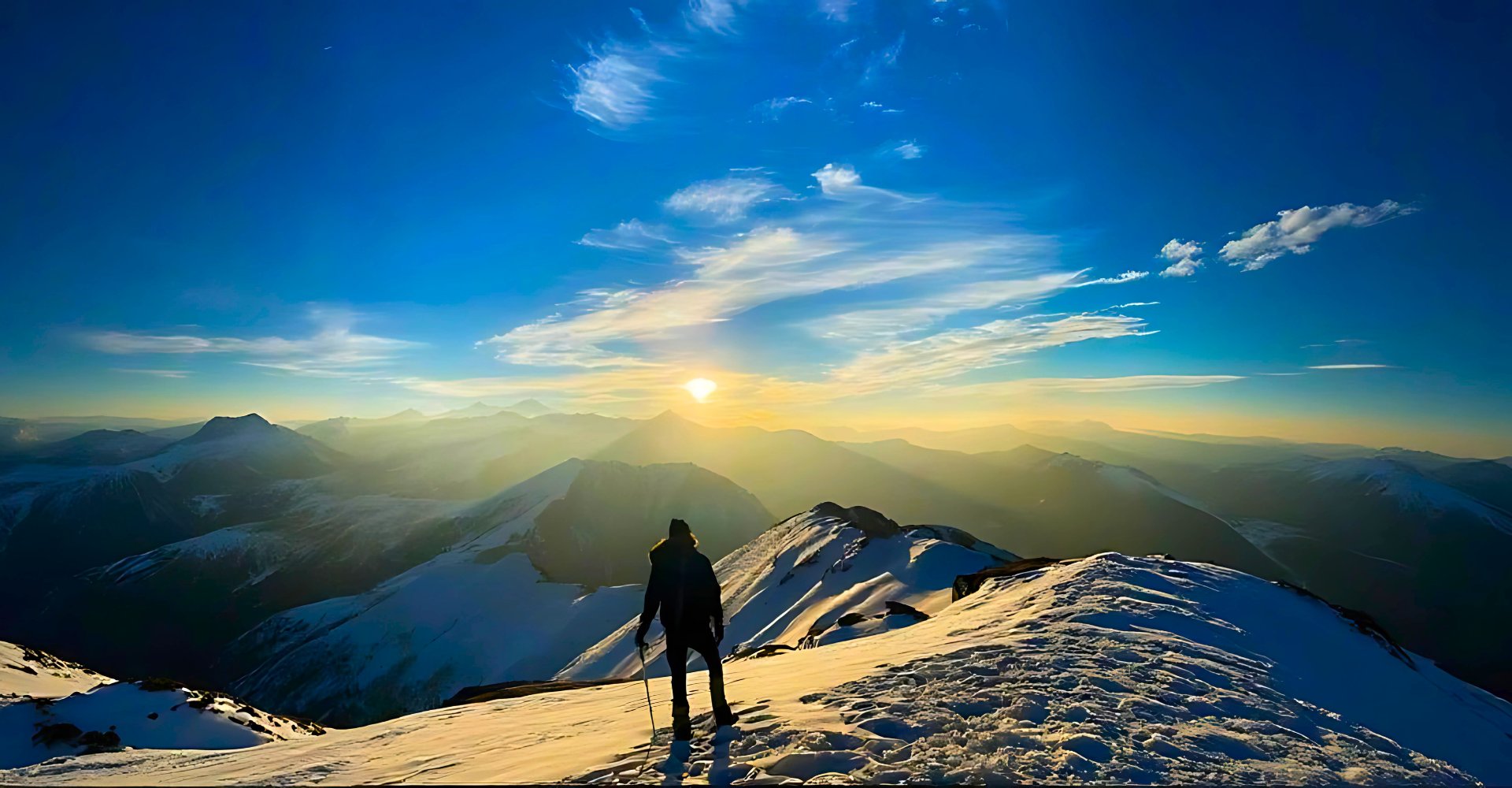
January is when the Kedarkantha Trek Uttarakhand reaches its snow-blanketed peak. The amount of snow is also at its peak, particularly in the higher camps, which offers a fantasy, unblemished trekking experience. January is ideal for those who cannot get enough of hardcore winter conditions. But, it is also the coldest month, and it is likely to have temperatures below -10 o C at night. Trekkers are physically healthy and have a well-prepared mind to take on extreme temperatures. This is the time when fewer individuals come out and hence providing a more serene trail activity. The Highlands are also unobstructed by the peaks such as Swargarohini, Bandarpoonch and the Black Peak. Due to excessive snow, the journey towards Sankri (the base village) may get affected, in which case, remember to include buffer days in your schedule. Ensure the experience of your operator in snow treks. Under favorable preparation, January provides a peerless experience on a Himalayan snow adventure that would be hard to parallel to the other treks in Uttarakhand.
February: Mild Snow & Peaceful Trails
February is often overlooked, but its one of the smartest times to book a Kedarkantha Trek Package. At this point, the snow starts to settle; however, there is still enough snowshedding to make the journey through the snow very exciting. February is special because of low footfall; most skiers will be done with their winter treks by January, and you will be able to enjoy a more peaceful, people-free place. The weather has begun dampening a bit, with the temperature during the day being bearable, but nights are cold. It is a good month to visit the trekkers who do not want all the harsh consequences of deep winter, but still some snow. February will be your second-best bet to explore the snow caps of Kedarkantha because you might have missed out on the prime time (December-January). Besides, trekking groups are small and the guides are more attentive and at less popular campsites. It is also a bit cheap, budget-wise, because it is expensive during the rush period after the New Year.
March: Transition to Spring
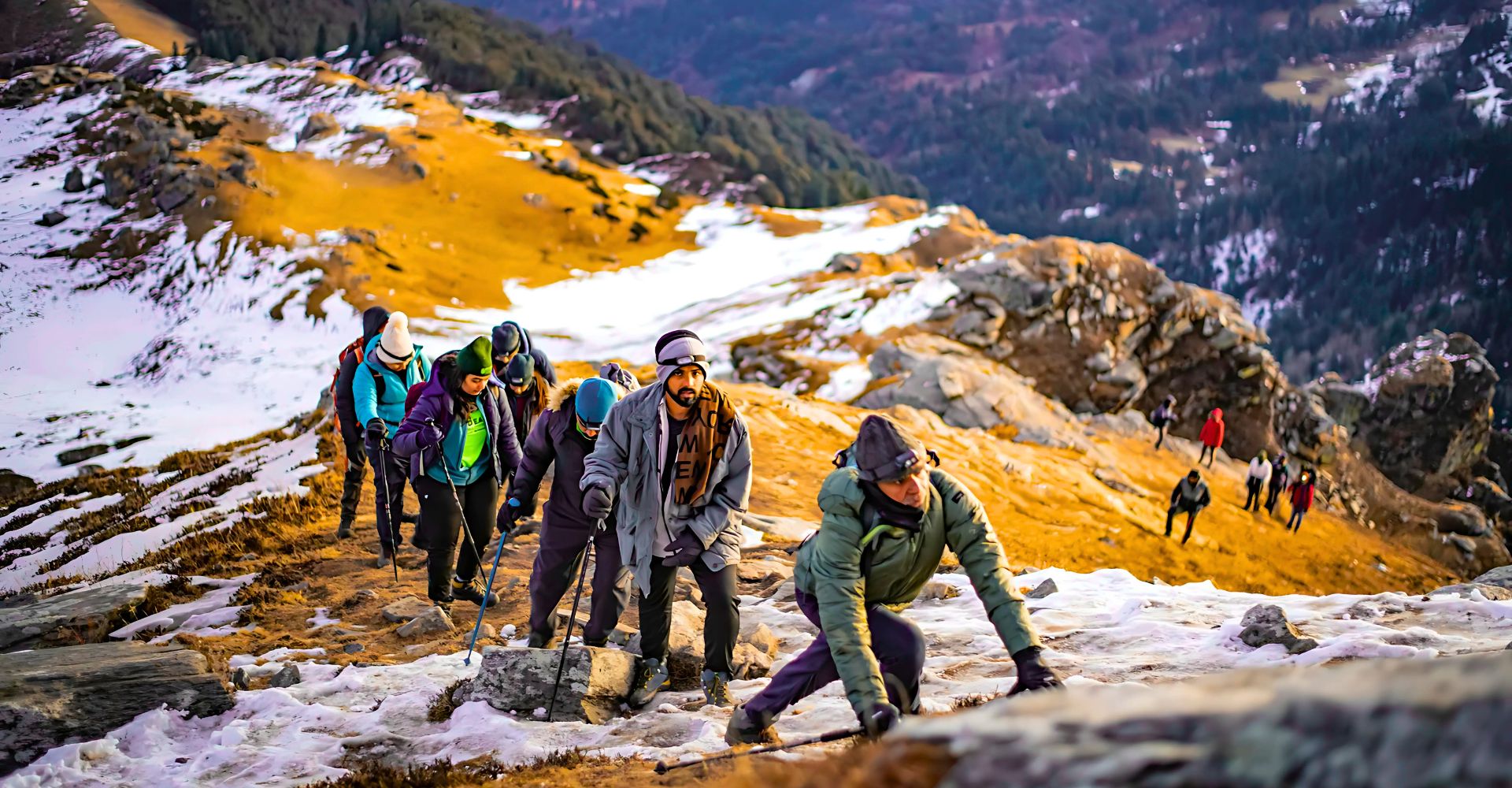
March marks the beginning of the transition from winter to spring, and the Kedarkantha Trek Difficulty level becomes easier for beginners. When the snow begins to melt, the trail is increasingly noticeable, and the possibility of a slip is very much minimized. Nevertheless, at higher altitudes, there can still be some ice spots, which is why some precaution must be exercised. March is also the best time to travel to the Himalayas as a novice trekker, as long as you have apprehensions about the possibility of extreme weather. The days are also longer and brighter, with better views and a better experience of hiking. The trail is surrounded by flowers which begin to blossom, and you can see some animals in the forest areas. This period is a mix of some amazing colours - the last snow of winter and the very first start of spring. March provides the best compromise of comfort, beauty, and ease of attainment for trekkers who seek adventure and excitement, too.
April: Spring Blooms
April brings a burst of life to the Kedarkantha Trek Route. By now, the snow is melted practically everywhere, showing beautiful meadows and bright rhododendron blossom. This makes the trail extremely easier to run through and thus the family, children, and older trekkers become more accommodating to the story. Although you cannot get the beauty with the snow which is provided during the winter months, the view of the surrounding peaks is still impressive. The fresh breeze and the blossoming foliage, the sounds of the birds contribute some fresh vibes into the hike. Nevertheless, with the rise in the accessibility of the trail, the trekkers also increase. Campsites are brighter and the villages are crowded. It is an excellent opportunity to be in the culturally rich area as well as beautiful landscape. The month of April is the start of spring trekking period and could be suited best to people who hate winters.
May: Pre-Monsoon Clarity
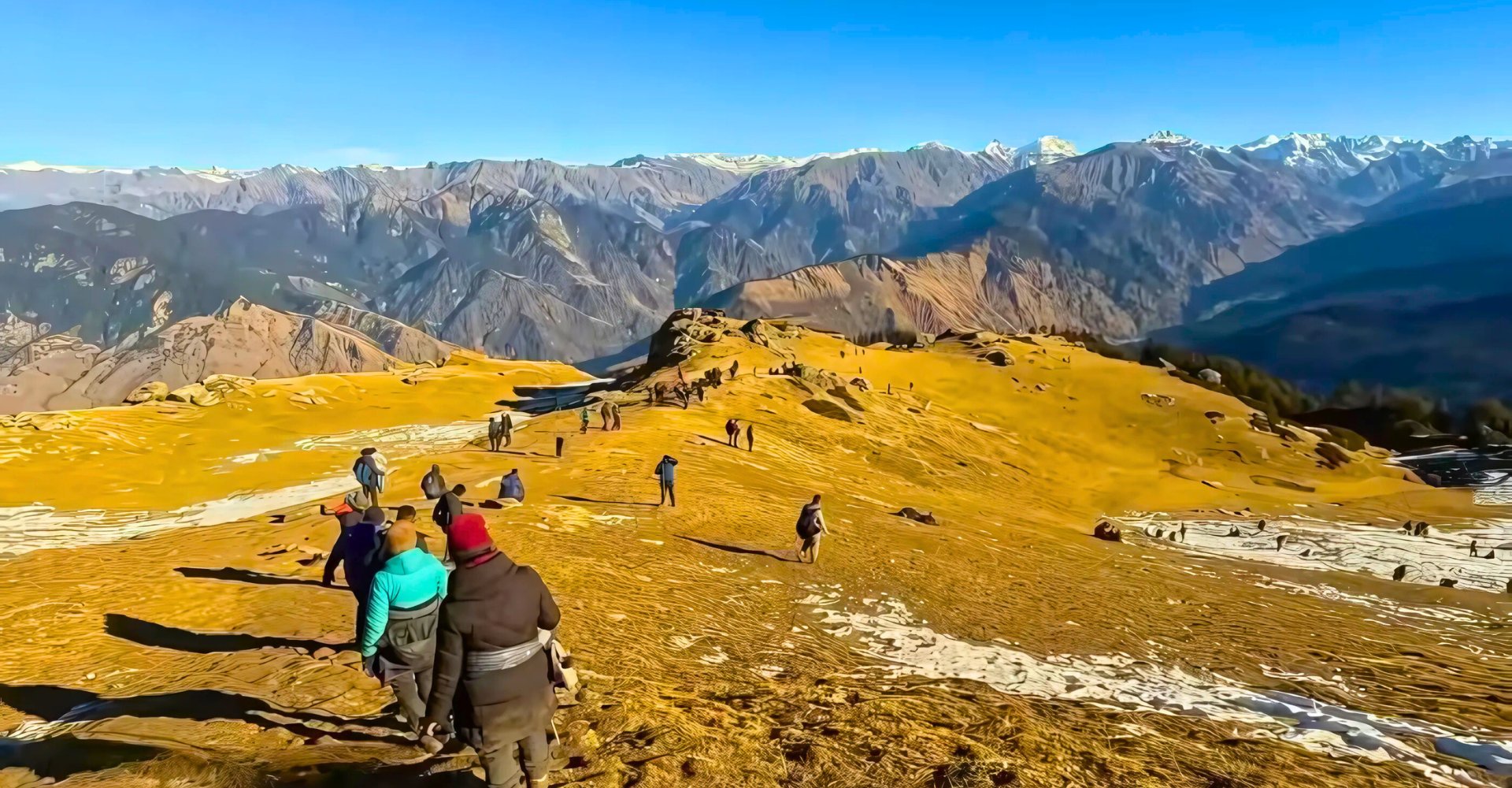
If you plan your Kedarkantha Trek Itinerary for May, you are in for a bright and cheerful experience. The dry season is the last month before the monsoon sets and therefore it will be sunny, dry paths and stable conditions. The snow has vanished altogether now, the meadows are green and the forest chlorophylllic as ever. Sankri to Kedarkantha summit comprises of the entire route that looks like a stroll in the paintings of nature. The temperatures are favourable- not too cold not too warm- and this makes the month of May perfect to anyone who does not want to undertake an uphill, and challenging trek. It is however a pre-monsoon month so take rain gear in case early showers are experienced. The benefit of the trekking in May is the fact that May has clear views of the summit whereas late summer waters mist as it is foggy. It is recommended to make reservations early in May since families and school groups tend to go trekking in May.
June: Early Showers Alert
June is considered off-season for the Kedarkantha Snow Trek. All the snow is melted now, and over the ridge the path changes to a Green-wood Walk. It still is a beautiful view and the monsoon clouds begin to roll over and are accompanied by unpredictable weather. It is more likely to rain, it is likely to be slippery and there can even be leeches in the forest. June is however regarded as the month of solitude by some trekkers. Few people make treks in this month; a very rare case where they can enjoy the Himalayas with very little silence. It is not supposed to be the best season to those who want snow or weather that is fixed but, in case you are an offbeat traveler, June might take you by surprise. Make your itinerary open and never trust your own abilities to trek without a guide because a trail is unpredictable. Ensure that your equipment has waterproof coverings, ponchos and anti-skid shoes.
July–September: Not Recommended
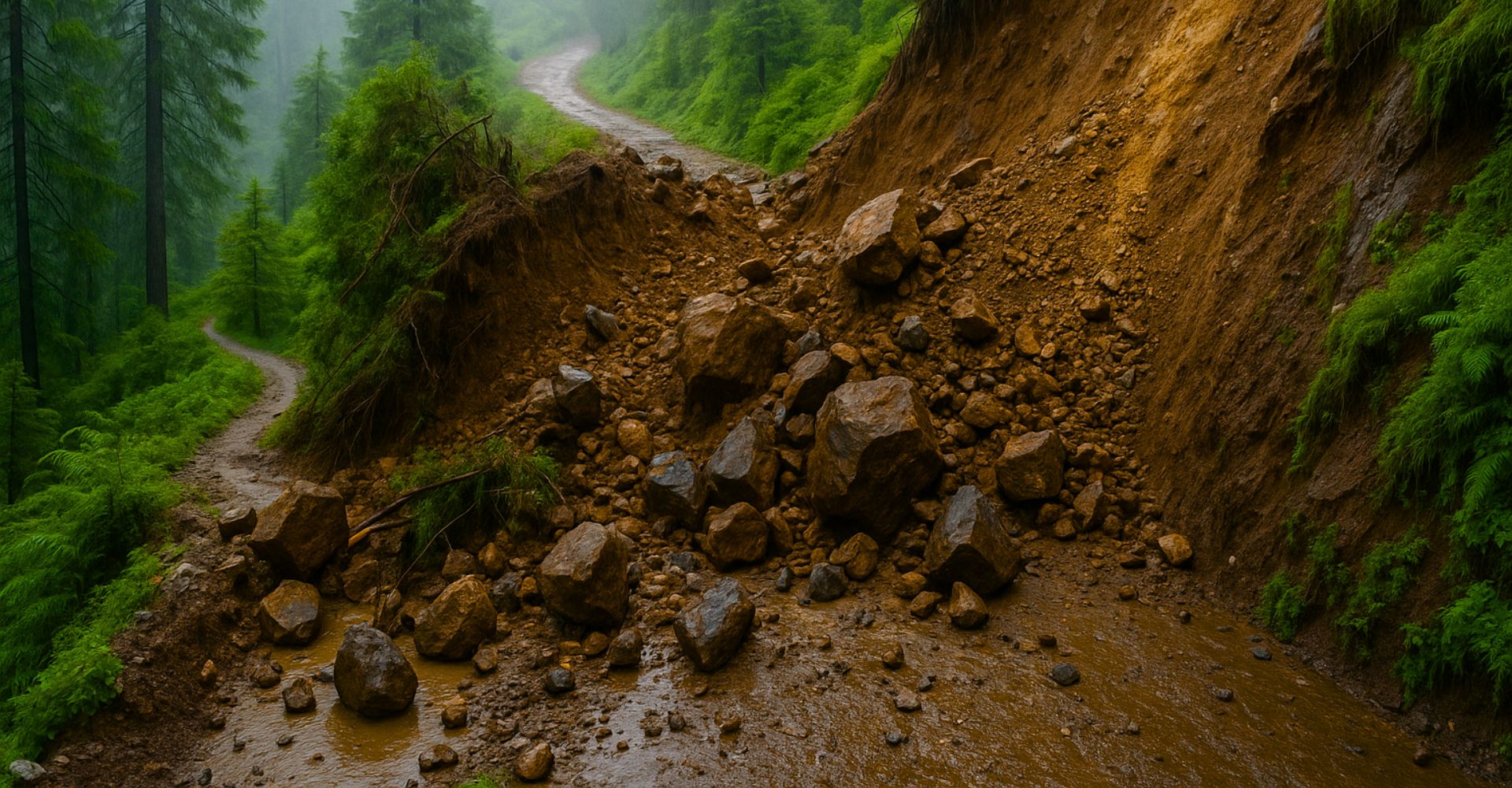
July through September is the monsoon period and not the Kedarkantha Trek Best Time. August and September are treacherous months when it is not safe to trek due to landslides, cloudbursts and slippery tracks. The forest trails are swampy and slushy thus difficult to establish campsites or even cook. There is also reduced visibility, and clouds usually cover the views on summits. Virtually all the professional trekking firms do not run treks at this time of the year. When trekking in Himalaya during the monsoon, then other options can be the Valley of Flowers Trek, which flourishes during this time. In the case of Kedarkantha, October would be the ideal time as you win the wait game when it comes to the post-monsoon magic. In case you have to travel during monsoon then make sure you do it with utmost care and that you are regularly informed of the weather warning. In broad, avoid these months and schedule your trek at winter or spring to have the best time.
October: Autumn Magic
October is the perfect comeback month, and with fewer crowds, the Kedarkantha Trek Cost is usually lower than winter peak months. The paths are arid and the air is clear and has magnificent golden colours in the forests. A large backdrop of mountain views is clear and vivid though the snow still has not fallen. It is an excellent month to start and this will help learners evade both snow and rains. Prices of lodgings, transportation and guides are usually affordable since the tourist season has not reached its apex. October is an excellent time to go trekking because it is comparatively cheaper and is also very beautiful. Later October also sees the local villagers getting ready to face the cold winter and you get the opportunity of seeing mountain culture firsthand. Suppose that you are restricted with budget yet still desire superb views and nice weather October will be a prudent option.
November: Pre-Winter Wonderland
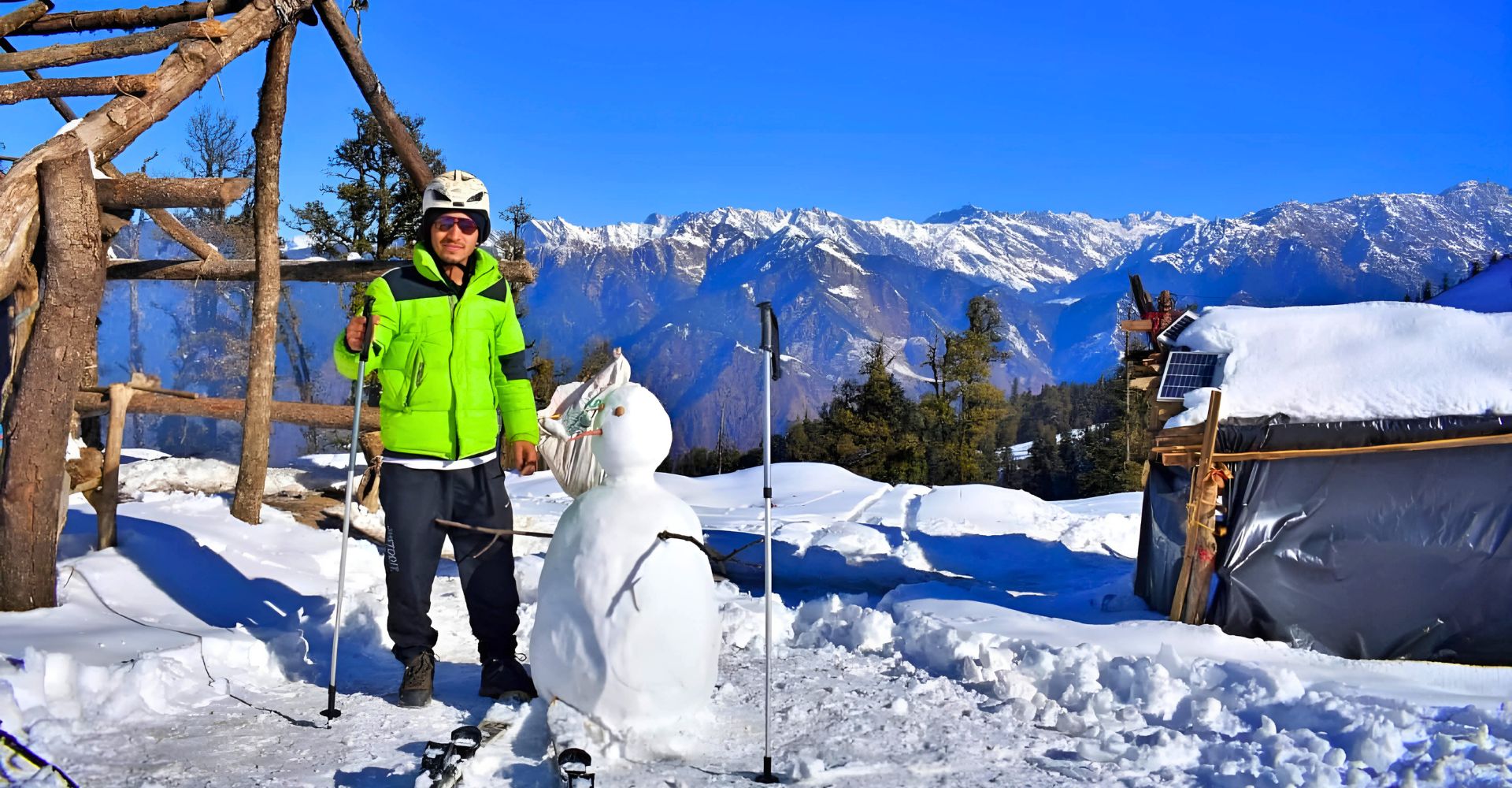
November is when the winter magic begins again, making it one of the best times for Kedarkantha Trek Booking. Higher camps are still starting to get light snow and the trail is also starting to have that nice fluffy white stuff the trekkers lust after. It is also the right time to book when the rush of December is not begun yet. Trekkers should have snow in moderate quantity which is not so cold as it is in December and January. It is cheaper, camp sites are more silent, and the more path is functioning fine. This means you can probably enjoy the best of both seasons by booking early in November: low numbers of people and great scenery. This is a month when most of the trekking companies offer early-bird discounts and combo packages. It is an awesome season to organize trek during and after Diwali.
| Month | Season | Trail Conditions | Scenery | Difficulty Level | Recommended For |
|---|---|---|---|---|---|
| December | Winter | Heavy snow, frozen lakes | Snow-covered forests and peaks | Moderate to Challenging | Snow lovers, adventure seekers |
| January | Winter | Deep snow, very cold nights | Dense snow blanket and icy trails | Moderate to Challenging | Snow trekking enthusiasts |
| February | Winter to Spring | Melting snow begins | Mixed terrain – snow and green patches | Moderate | Cold but comfortable trekkers |
| March | Spring | Snow thinning, flowers blooming | Rhododendron blooms, mild snow | Easy to Moderate | First-timers, nature lovers |
| April | Spring | Dry lower trails, snow at top | Greenery + snow-capped peaks | Easy to Moderate | Scenic trekkers, families |
| May | Summer | Clear trails, pleasant temps | Alpine meadows and forests | Easy | Beginners, peaceful trekking |
| June | Summer | Warm days, pre-monsoon rains | Lush greenery, clear skies | Easy | Casual trekkers, photographers |
| July | Monsoon | Slippery, landslide-prone | Foggy, rain-drenched forests | High Risk | Avoid unless experienced |
| August | Monsoon | Frequent rain, muddy paths | Vibrant flora, low visibility | High Risk | Avoid unless necessary |
| September | Monsoon to Autumn | Drying trails, fresh terrain | Emerging autumn tones | Moderate | Experienced trekkers only |
| October | Autumn | Dry, crisp, excellent weather | Golden forests, summit views | Easy to Moderate | All trekkers, photographers |
| November | Autumn to Winter | Cold nights, early snow | Colorful trees with snow dust | Moderate | Trekkers who want snow + colors |
Pro Tips for Beginners
A good Kedarkantha Trek Guide can make or break your experience, especially for first-time trekkers. By getting a guide, you are sure of the safety of your path, having the right gear as well as the right pace to follow to acclimatize to the altitude. A local guide will make you know about the history, myths, plant and animal fauna of Kedarkantha which in turn adds value to the trek. Guides mostly gain certification with local associations and are aware of how to react to such clinical incidences as AMS (acute mountain sickness). They also assist in tricky areas of the trail particularly during snow. In group treks, there is normally one guide to every 7-10trekkers. Ensure that you read some reviews, enquire on safety measures, and that they have first-aid kits. When you are trekking through an agency, inquire about the person that would be your guide and his background. Pay as a great deal as its far really worth to get a knowledgeable, friendly manual.
Conclusion: Choose Your Season, Start Your Journey
Every season offers a exceptional face of the Kedarkantha Trek, and deciding on the proper one depends on your non-public possibilities. Be it snow covered treks in iciness time, the primary blossom of spring, sundown of the summer time, or the gold of autumn, Kedarkantha trail has some thing to fulfil each want. Winter is an adventure and snowy, spring lets you have a balanced moment, summer is quite tranquil and green and autumn is picturesque and ample. However, you had better avoid monsoon unless you had experienced in trekking in wet weather. It does no longer be counted what season you go to; being organized and early reserving could make your enjoy higher. For the maximum spontaneous journey, keep in mind selecting an all-inclusive Kedarkantha trek package that covers the whole thing from shipping to guide and food. Are you geared up to make unforgettable reminiscences? Explore dates and book your Himalayan Adventure in the Kedarkantha trek package through our reliable platform and let nature breathe.
Your email address will not be published. Required fields are marked *